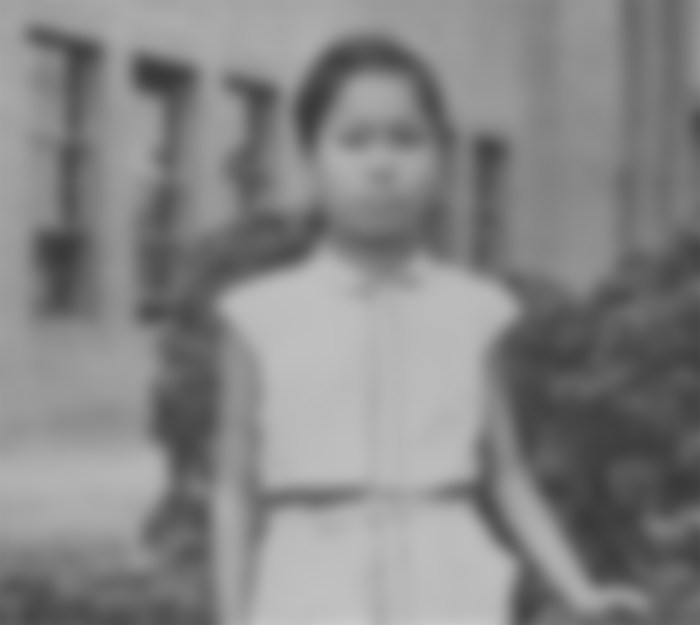Sadako Sasaki became a symbol of the suffering of innocent victims during World War II. Her statue still stands today in the Hiroshima Peace Memorial Park.

She was quite an ordinary girl, no different from the thousands of other children who lived in her town. She had a brother and parents who were also nothing special and it would be difficult for history to remember their names ... that is, if it weren't for August 6, 1945.
The Sasaki family lived in Hiroshima… Sadako was only two years old when her city was hit by the “Little Boy”, the first atomic bomb ever dropped.
Her house was located about two kilometers from the site of the explosion. The blow was so strong that Sadako flew out the window. Everyone thought she was dead, but the girl was still alive and, apparently, unharmed.
For the next ten years Sadako lived like all the other children in that part of Japan. The end of the war brought destruction and devastation that no one could have imagined, but life went on.

And then in November 1954, Sadako fell ill….
She had a cold, and swellings began to appear on her neck, which moved towards her face. In January 1955, purple spots appeared on her legs.
Shortly afterwards, she was diagnosed with leukemia, or "atomic bomb disease," as the girl's mother called her.
The doctors were relentless - They predicted at best another year of her life
During this period, doctors recorded a large increase in leukemia patients, especially among children. As early as the early ’50s, it was clear that leukemia was caused by radiation.
Sadoko is hospitalized. Frightened and increasingly ill, she constantly listened to fairy tales and Japanese legends. Her favorite was the one according to which, if she managed to make 1000 origami paper cranes, she would have the right to make one wish. And Sadako just wanted to get well…
Due to the lack of paper, Sadako had to manage. She used paper from the medicine package and everything she could beg from the adults. This is, despite the effort and the fact that by October her leg was completely swollen, but by willpower she went to the rooms of other patients to ask them to take the paper from the gifts they were receiving.

On October 25, 1955, Sadoko could not even eat. After persistent requests from her parents, she asked for tea and rice. She ate two spoons, and said, "It's good." Then she died. She was 12 years old.

By then, Sadako had made 644 cranes. Her friends added up to a thousand and she was buried with them. On the day of her death, children from all over the world send paper cranes which, together with messages of peace, are hung on a monument dedicated to little Sadako - a girl who just wanted to live.
Source: Book. "Sadako and a Thousand Paper Cranes" Eleanor Coer




She saw Thunderbolt in the sky like a million juices staring at her eyes; She had seen Thunderbolt in the sky- two years ago, her eyes hurt. Now but he makes paper cranes, paper cranes, paper cranes. Now works of paper cranes, Sadako from Hiroshima.
She was a runner, fast and strong, she was tall and slender and her legs were long; she was a runner, fast and strong — ten years old and her legs were long.
She went to the hospital tired and weak, she laughed hard, it was hard to talk. She went to the hospital tired and weak, eleven years old, it was hard to speak. And now he's sitting ...
She lost the race she wanted to win - paper cranes couldn’t cover her with wings, cranes couldn’t cover her with their wings - for twelve years and she wanted to win. In now lying with her ...
This is our cry, this is our prayer: "Let the crane of peace fly everywhere!" This is our cry, this is our prayer, "The crane of peace flies everywhere!"